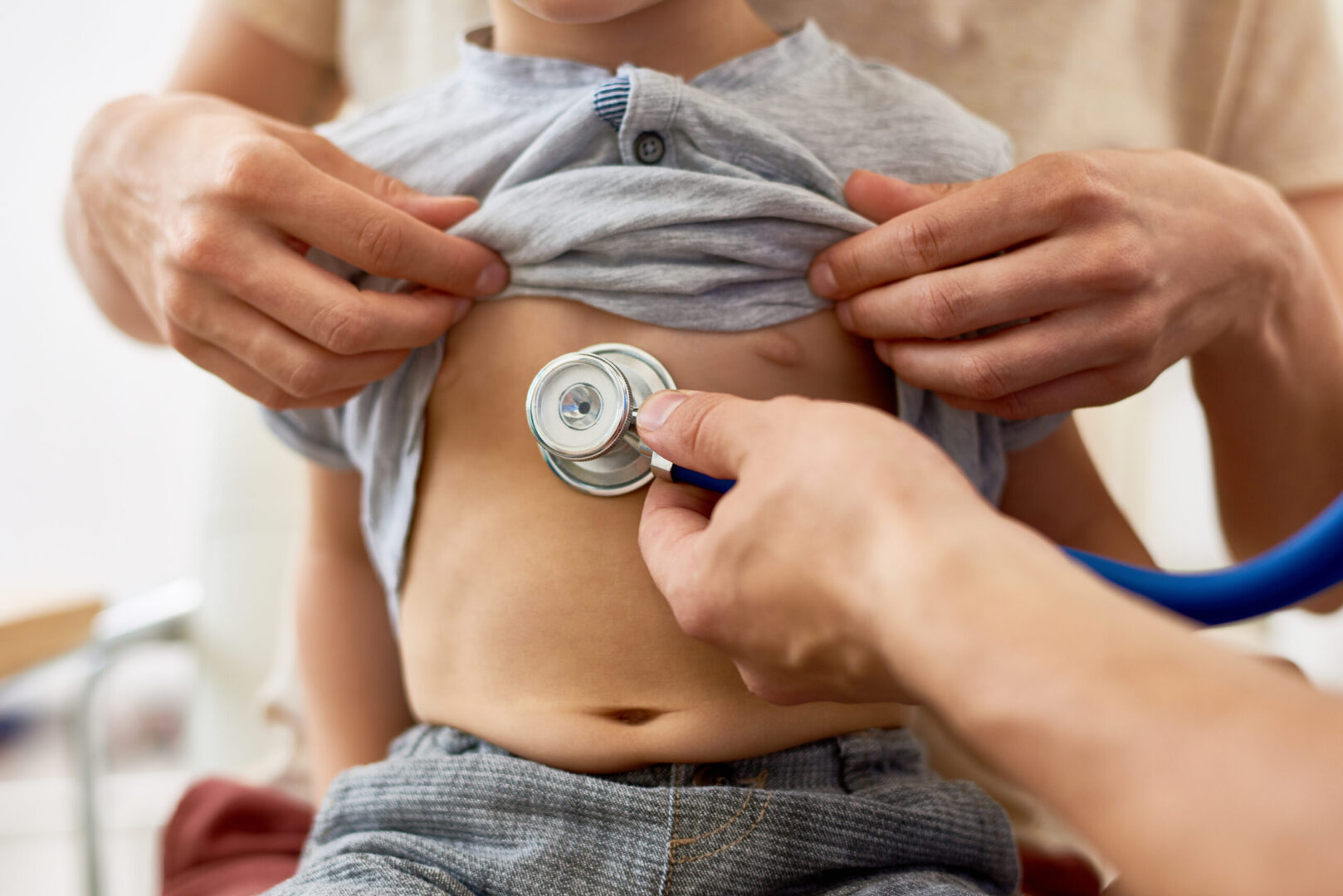Learning objectives
- Describe the etiology and symptoms of Guillain-barré syndrome
- Diagnose and treat Guillain-barré syndrome
- Manage patients with Guillain-barré syndrome presenting for surgery
Background
- Guillain-Barré syndrome (GBS) is an acute demyelinating polyneuropathy typically occurring as an autoimmune response following a gastrointestinal or respiratory infection
- Most common cause of acute, flaccid, neuromuscular paralysis in the United States
- Potentially severely debilitating disorder
- Mortality rate ~10%
- Initial presentation is often misdiagnosed as hysteria
Etiology
- Affects all ages, but a tendency towards young adults and the elderly
- Slightly more prevalent in men
- Children are less severely affected
- Usually occurs within a month of a respiratory or gastrointestinal infection
- Common pathogens causing GBS:
- Campylobacter jejuni (associated with axonal degeneration in addition to primary demyelination)
- Epstein Barr virus
- Mycoplasma pneumonia
- Cytomegalovirus
Signs & symptoms
- Clinical signs
- Acute inflammatory demyelinating polyradiculopathy
- Acute motor axonal neuropathy
- Acute motor sensory axonal neuropathy
- Miller Fisher syndrome (ataxia, areflexia, and ophthalmoplegia, possibly with limb weakness, ptosis, and facial and bulbar palsy)
- Symptoms
- Progressive motor weakness, usually ascending from the legs (more proximal than distal)
- Areflexia
- Facial palsy and bulbar weakness
- Ophthalmoplegia
- Sensory symptoms
- Severe pain, often affecting the girdle area
- Weakness of the respiratory musculature leading to respiratory failure
- Autonomic dysfunction causing under- or overactivity of the sympathetic and parasympathetic systems leading to arrhythmias, fluctuations in blood pressure and pulse, urinary retention, ileus, and excessive sweating
Diagnosis
- Physical findings: Progressive muscle weakness and areflexia
- When GBS is suspected, monitor for arrhythmias and respiratory muscle weakness
- Further investigations:
- Blood testing: Full blood count, urea and electrolytes, liver and renal function tests, clotting screen, calcium levels, antibody tests, blood cultures, and inflammatory markers
- Stool cultures
- ECG
- Head CT
- Lumbar puncture and CSF analysis
- Electrophysiological studies
- Gadolinium-enhanced MRI of the spinal cord
Treatment
- Supportive therapy
- Physiotherapy and occupational therapy
- Counseling
- Nutritional support
- Analgesia
- Thromboembolic prophylaxis
- Respiratory support
- Indications for intubation and ventilation:
- Vital capacity <20 mL/kg
- Maximal inspiratory pressure (MIP) <30 cmH2O
- Maximal expiratory pressure (MEP) <40 cmH2O
- Decrease of >30% in vital capacity, MIP or MEP
- Indications for intubation and ventilation:
- Specific therapy
- Treatment of choice: IV immunoglobins (0.4 mg/kg daily, 5-6 days)
- Plasmapheresis, up to 5 exchanges of 250 mL/kg of plasma with 4.5% human albumin solution (more difficult to administer, more side-effects and contraindications)
- CSF filtration (rarely performed)
Anesthetic considerations
- Preoperative
- Many patients are ventilated in the ICU
- Assess bulbar and ventilatory function to predict the need for postoperative ventilation
- Ileus increases the risks of aspiration
- Induction
- Rapid sequence induction
- Succinylcholine is contraindicated due to potentially fatal hyperkalemia
- Rocuronium is a suitable alternative
- Autonomic dysfunction can complicate induction and intubation by resulting in a labile pulse and blood pressure
- Intraoperative
- Controlled ventilation if respiratory function is impaired
- Avoid nondepolarizing neuromuscular blockers
- Consider extubating when fully recovered or once bulbar reflexes have returned
- Postoperative
- Ventilation is often required
- Careful monitoring of respiratory function
- Adequate analgesia
Suggested reading
- Nguyen TP, Taylor RS. Guillain Barre Syndrome. [Updated 2022 Jul 4]. In: StatPearls [Internet]. Treasure Island (FL): StatPearls Publishing; 2022 Jan-. Available from: https://www.ncbi.nlm.nih.gov/books/NBK532254/
- Pollard BJ, Kitchen, G. Handbook of Clinical Anaesthesia. Fourth Edition. CRC Press. 2018. 978-1-4987-6289-2.
- Richards KJC, Cohen AT. Guillain‐Barré syndrome. BJA CEPD Reviews. 2003;3(2):46-9.
We would love to hear from you. If you should detect any errors, email us customerservice@nysora.com







